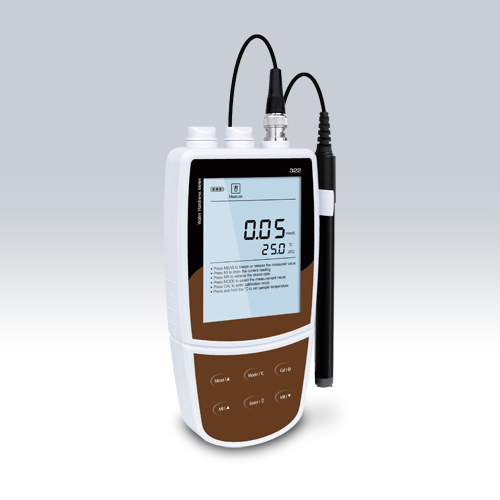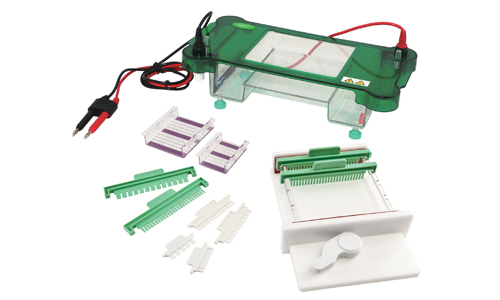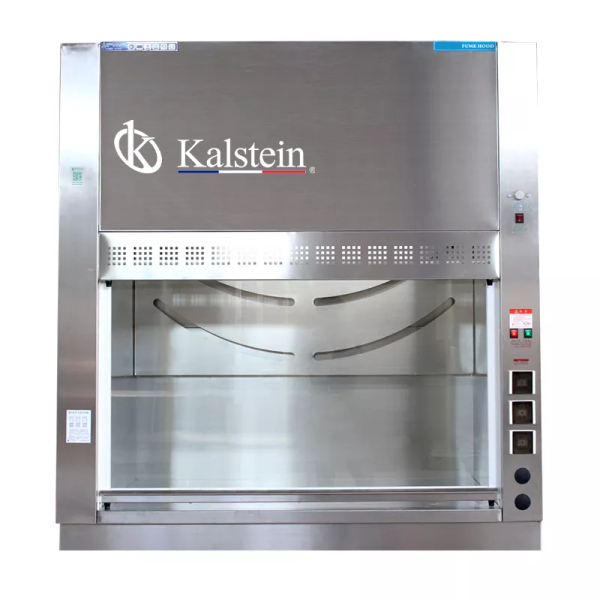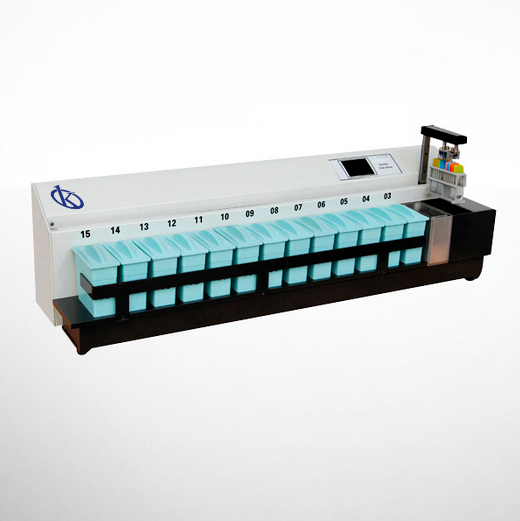Conductivity meters are widely used in many different industries to measure the amount of minerals dissolved in a liquid. This information is important to ensure product quality and comply with environmental regulations. There are many different types of conductivity meters on the market, and choosing the right one for your lab can be a daunting task. We at Kalstein have the right equipment, our equipment has an automatic reading function, which detects and blocks the end point of the measurement. As well as the restart function that automatically resumes all configurations to factory defaults.
General Consideration
The first thing to consider when choosing a conductivity meter is the range you need to measure. Conductivity meters are available in a variety of ranges, from low to high. If you only need to measure low levels of conductivity, a low-range meter will suffice. If you need to measure high levels of conductivity, you will need a high-range meter. The range you need will depend on the type of liquids you normally test.
Another important consideration is the accuracy of the conductivity meter. Conductivity meters are available in a variety of accuracy levels, from 0.1% to 1.0%. The accuracy you need will depend on the application for which you are using the meter. If you need to measure very precise levels of conductivity, a higher level of accuracy will be required.
There are two main types of conductivity meters: digital and analog. Digital meters are more accurate than analog meters. If you only need to measure the conductivity occasionally, an analog meter may suffice.
The type of electrode is another important consideration. There are two main types of electrodes: glass and metal. Glass electrodes are more accurate than metal electrodes but can be more fragile. If you need to measure conductivity in a wide range of liquids, a metal electrode may be a better choice. The type of display is the final consideration. There are two main types of displays: LCD and LED. LCD displays are more readable in low light, but can be more expensive. If you only need to measure the conductivity occasionally, an LED display may be sufficient.
Factors to Consider
There are many factors to consider when choosing the right conductivity meter for your lab. These include the size and scope of the instrument, the accuracy and sensitivity required, the type of samples to be measured and the budget available.
The size and scope of the instrument are important considerations. If you are measuring large samples, you will need a large conductivity meter with a wide range. If you are measuring small samples, a compact conductivity meter will suffice. The accuracy and sensitivity of the instrument are also important. Make sure that the conductivity meter you choose is accurate enough for your needs and that it has the right sensitivity to measure your sample type.
The type of samples you are measuring is also an important consideration. Some meters are specifically designed to calculate liquid samples, while others can measure both liquids and solids. Consider the type of samples you are measuring before you select a conductivity meter.
Finally, conductivity meters can vary significantly in price, so be sure to get one that fits your budget. If you need help selecting the right conductivity meter for your lab, consult our specialists.
Kalstein brand conductivity meters
At Kalstein, we offer our customers the best equipment with the best technology, they also provide excellent use, they are simple and easy to use. Conductivity Meters belong to the YR series, ideal for water and wastewater treatment. Research and education. Chemical industry and other laboratory applications.
If you want to see more of our equipment, check our catalog on HERE We are manufacturers and we have the best advice, so that your purchase is the ideal and at excellent prices. Visit here at HERE




